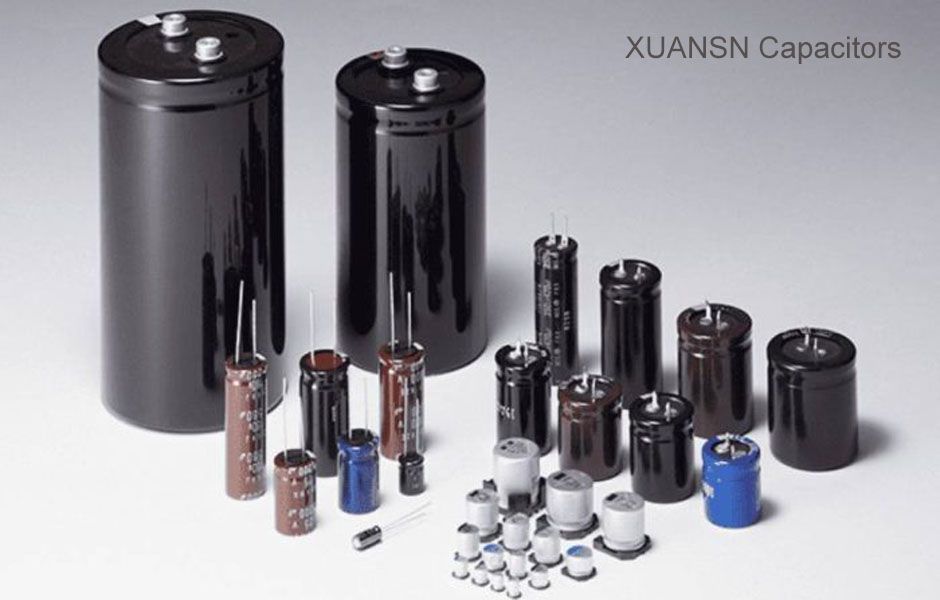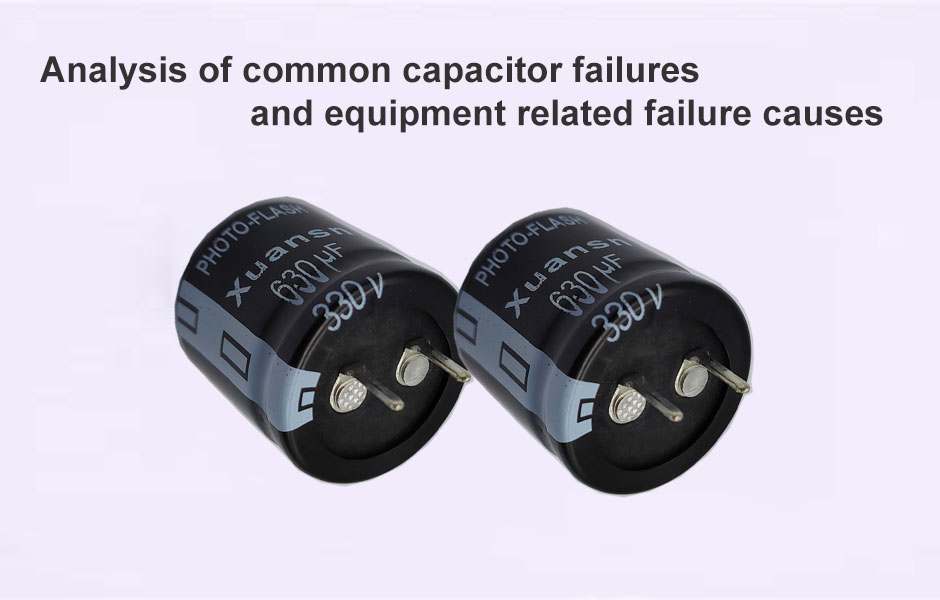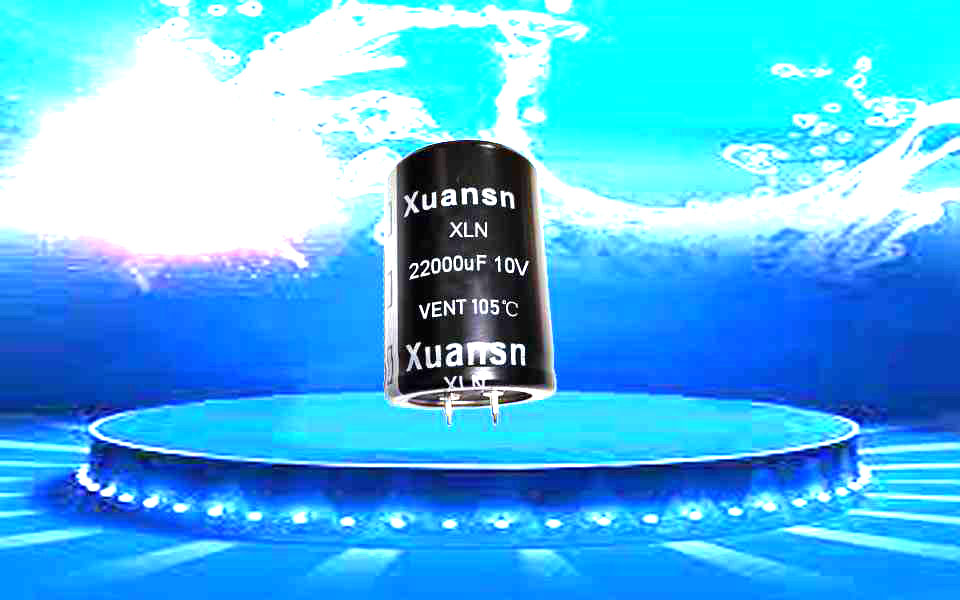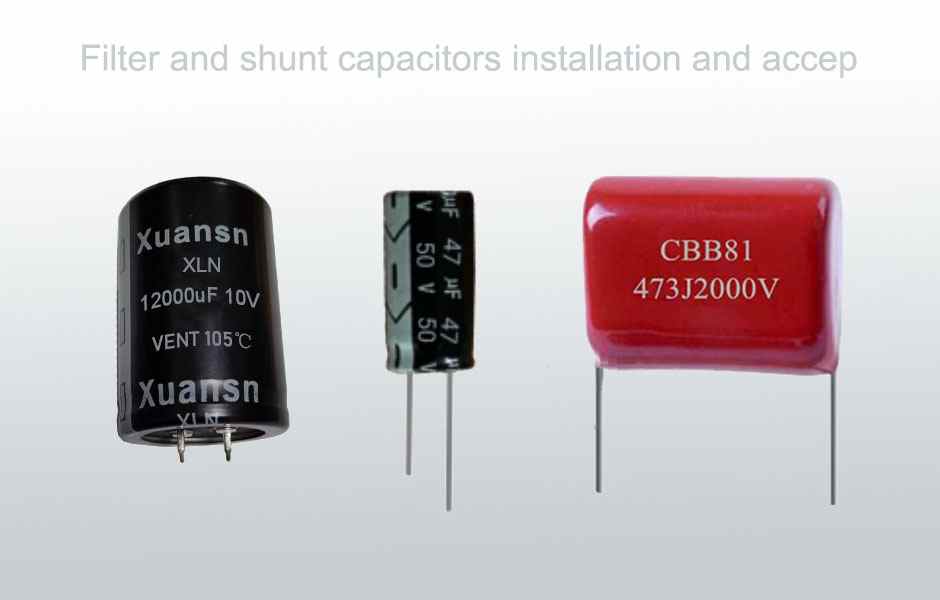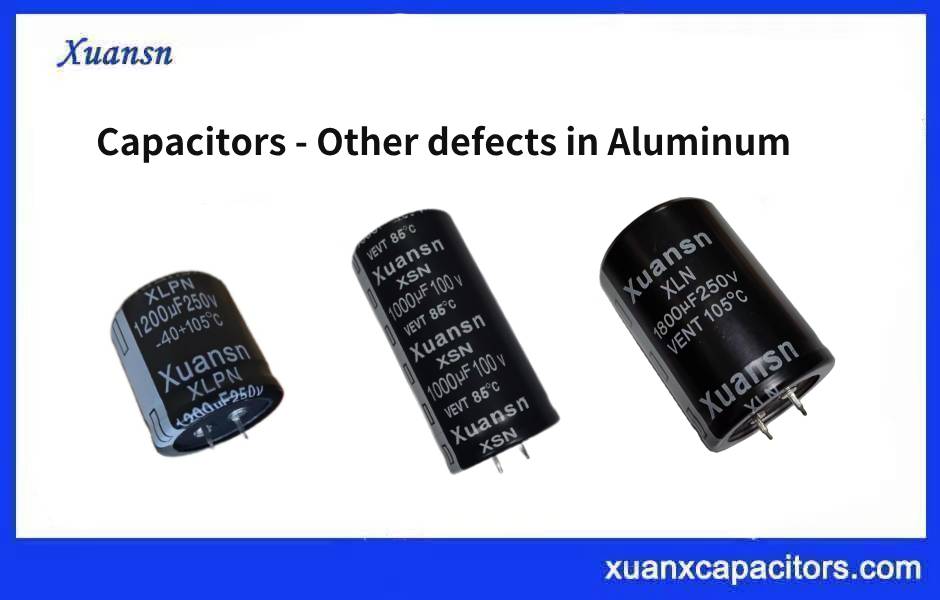A film capacitor is a capacitor in which a metal foil is used as an electrode, and a plastic film such as polyethylene, polypropylene, polystyrene or polycarbonate is overlapped from both ends and then wound into a cylindrical structure. The following are the precautions for using film capacitors:
1. Working voltage
The choice of film capacitor depends on the highest applied voltage and is affected by factors such as applied voltage and voltage waveform, frequency, and ambient temperature. Before use, please check whether the superimposed voltage at both ends of the capacitor is within the rated value, and do not exceed the upper limit of the capacitor voltage at any time.
2. Working current
Due to the loss of the capacitor, when used under high frequency or high pulse conditions, the pulse or AC passing through the capacitor will heat the capacitor itself and increase the temperature, and there is a risk of thermal breakdown (smoke, fire). Therefore, the safe use of capacitors is not only limited by the rated voltage, but also by the rated current.
3. Flame retardancy
Although fire-resistant flame-retardant materials-flame-retardant epoxy resin or plastic case are used in the outer packaging of film capacitors, continuous external high temperature or flame throwing can use the deformation of the capacitor core to cause the outer packaging to break, causing the capacitor core to melt or combustion.
4. Capacitors for suppressing electromagnetic interference of power supply
When capacitors are used in power lines to suppress interference, not only normal voltages, but also abnormal pulse voltages occur, which may cause the capacitors to smoke or catch fire. Therefore, the safety standards of cross-line capacitors are strictly regulated in different countries. Please use safety certified safety capacitors. It is not recommended to use DC capacitors in cross-line circuits.
5. Capacitor charging and discharging
Since the charging and discharging of a capacitor depends on the product of the capacitance and the rate of voltage change, even low-voltage charging and discharging, excessive capacitance or rapid voltage change will also damage the capacitor. Therefore, when multiple film capacitors are connected in parallel for resistance During voltage test or life test, please connect an appropriate current-limiting resistor in series to each capacitor.
6. The noise of the capacitor
In cross-line, step-down and other AC occasions, you will occasionally find that the capacitor is noisy. The sound is the gap between the films and is emitted under the action of the alternating electric field. According to the current technical data and our test judgment, it is correct The performance of the capacitor has no obvious impact, and we will take appropriate measures in the process to minimize noise.
7. Self-healing of capacitors
It refers to the characteristic that the capacitor itself can eliminate the short circuit caused by film defects, dust, pinholes or momentary external high voltage and return to normal. When there is a short circuit between the poles, the heat generated by a large current will instantly evaporate the metal coating around the short-circuit point within 5us, and the short-circuit point will immediately restore the insulation.
